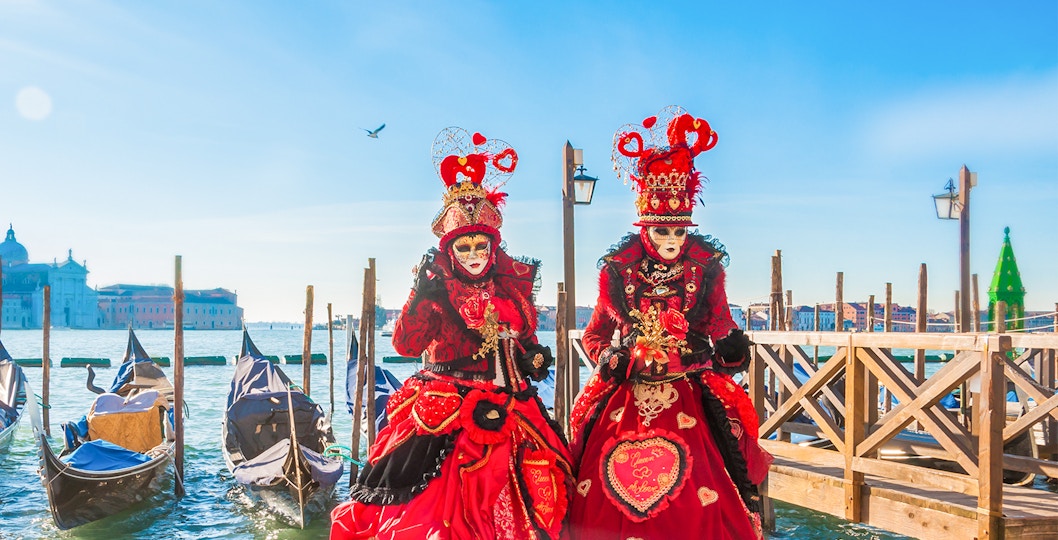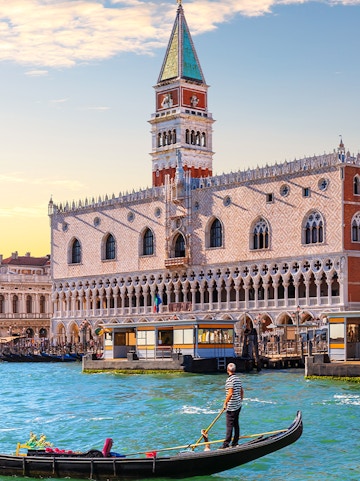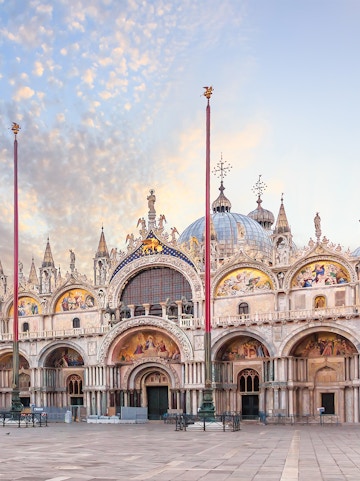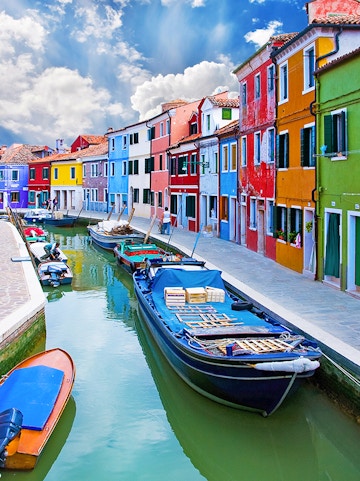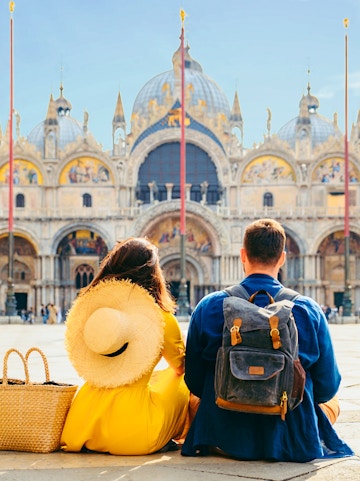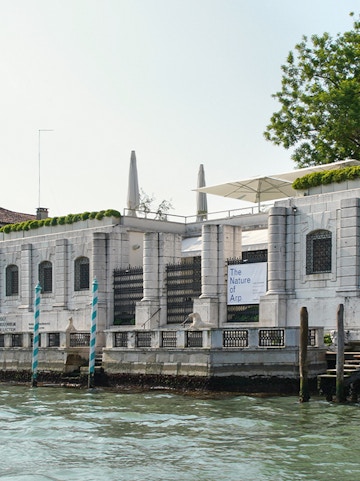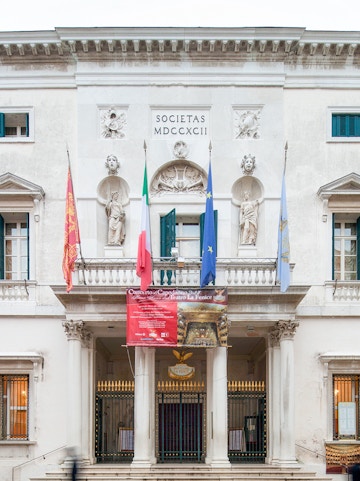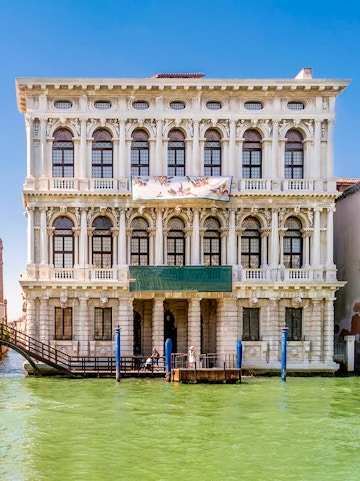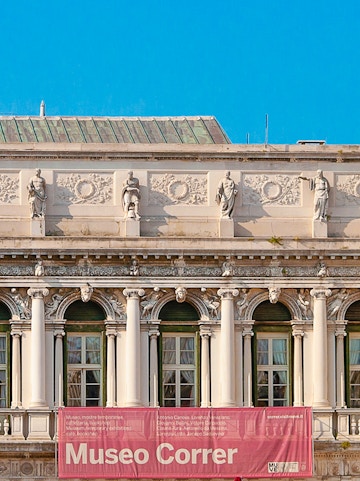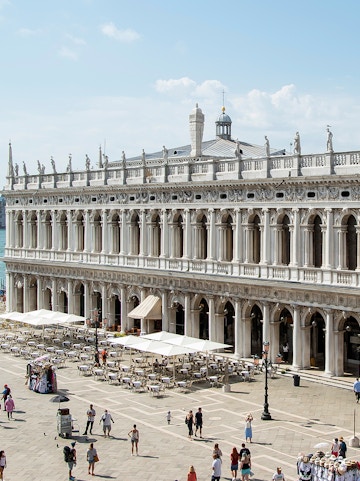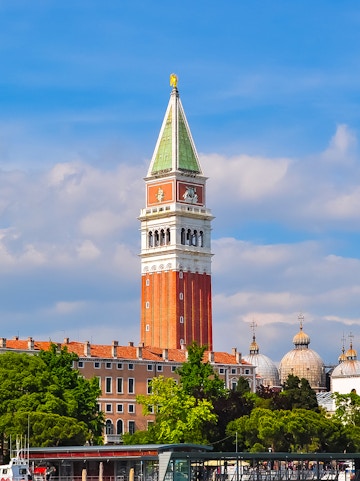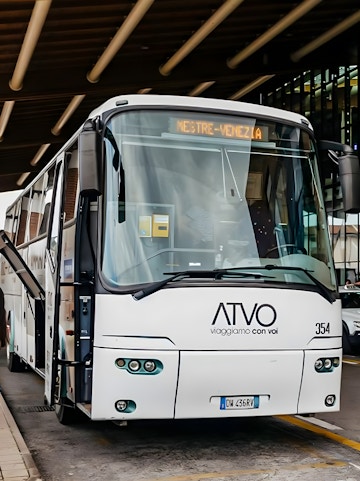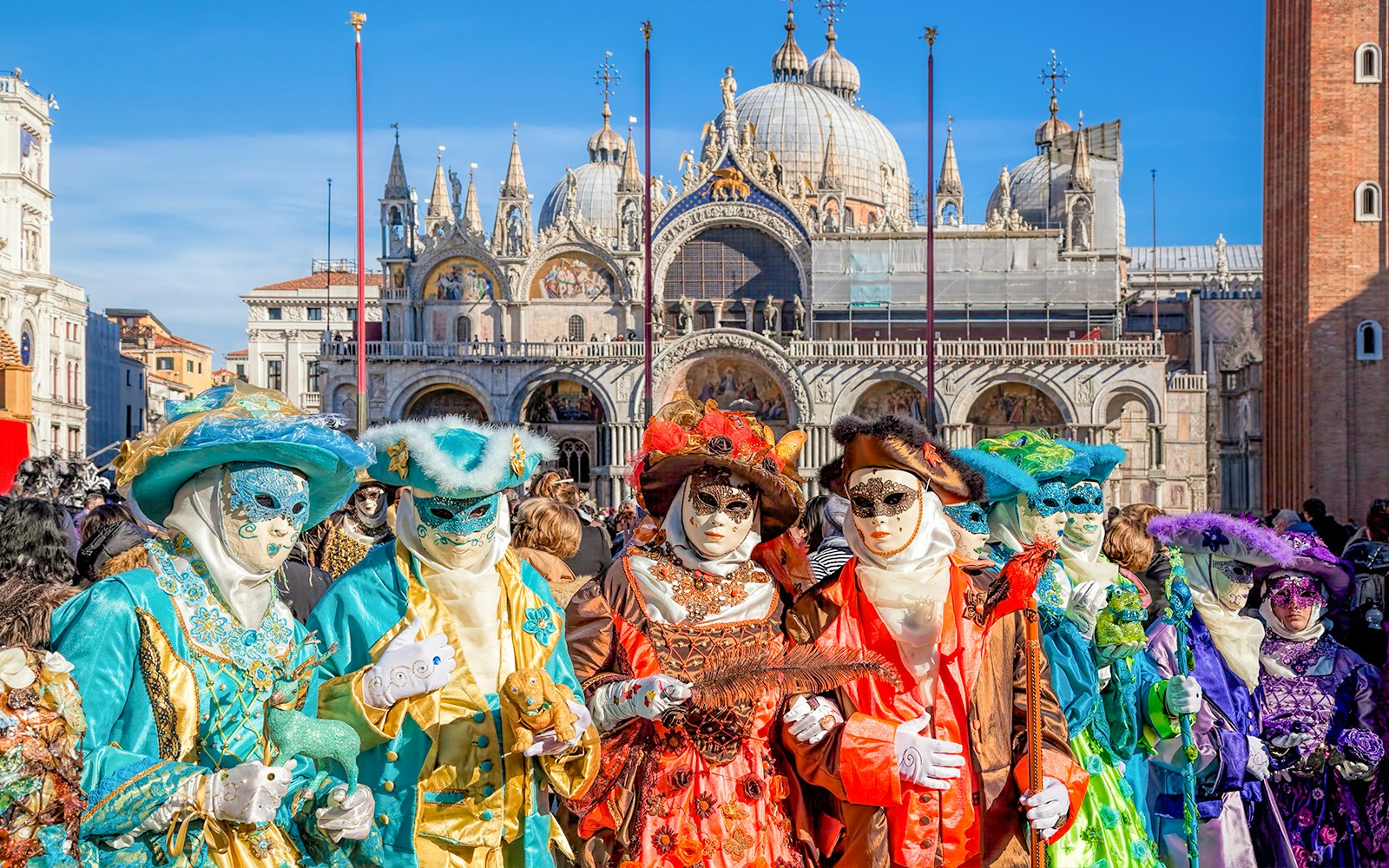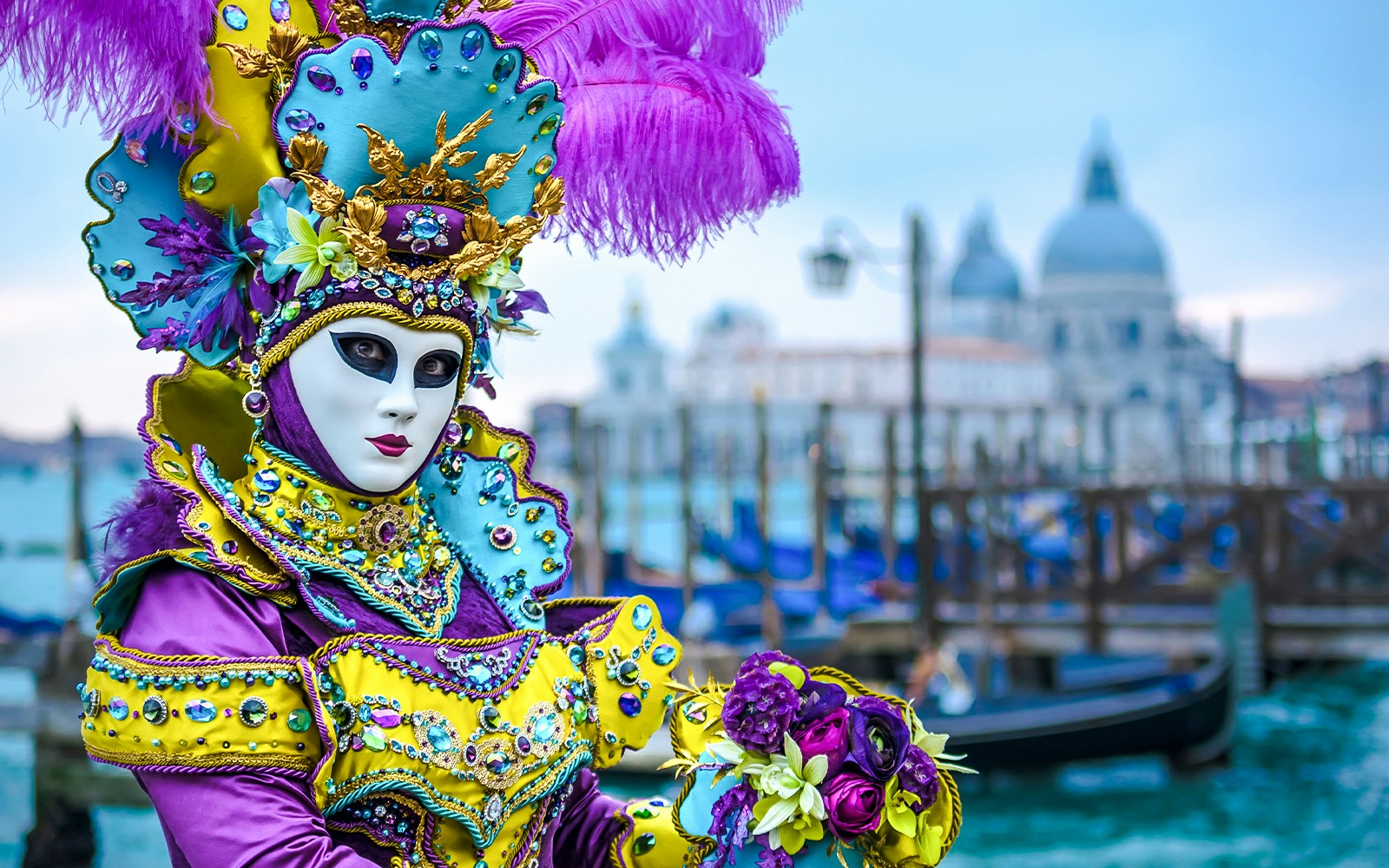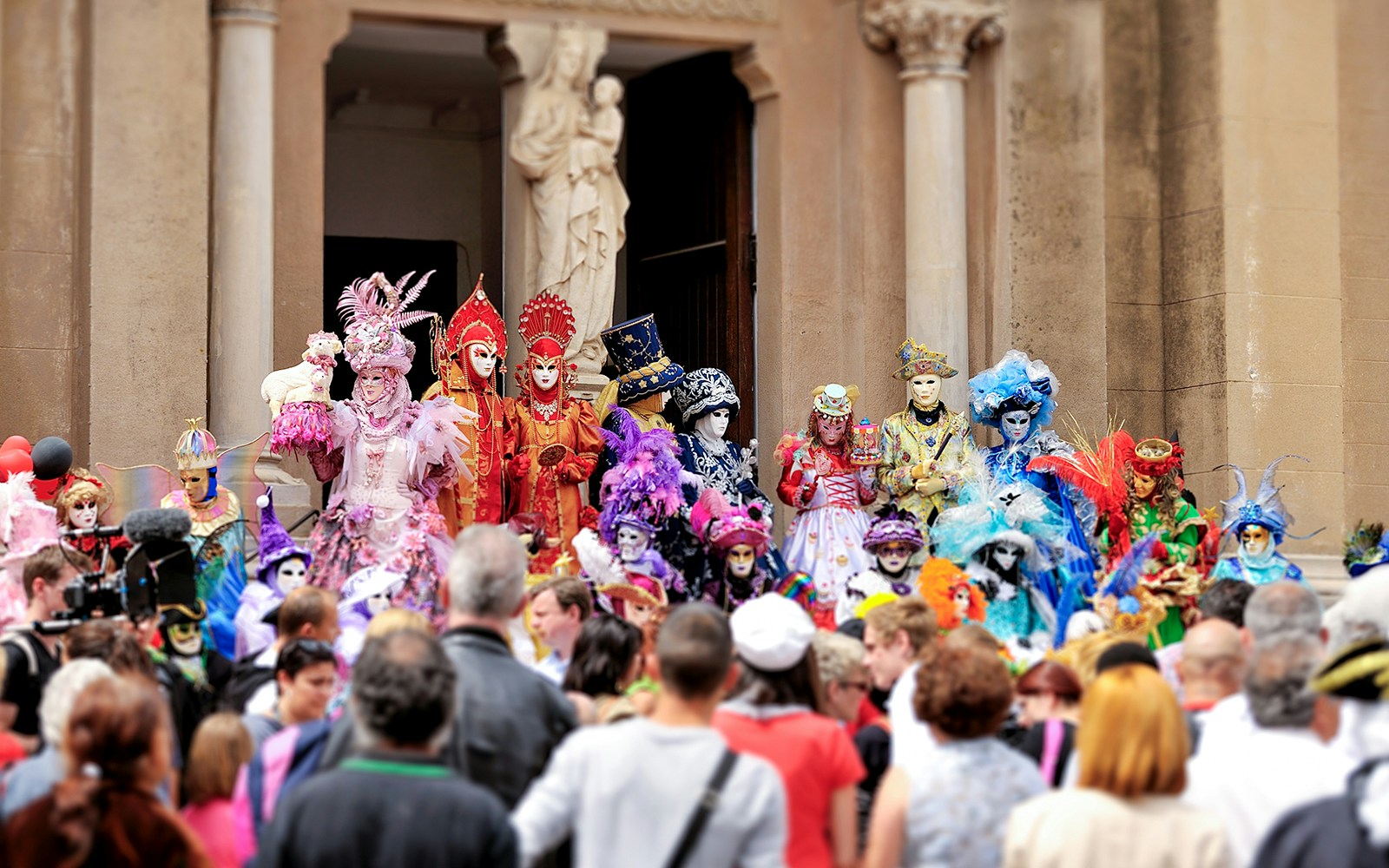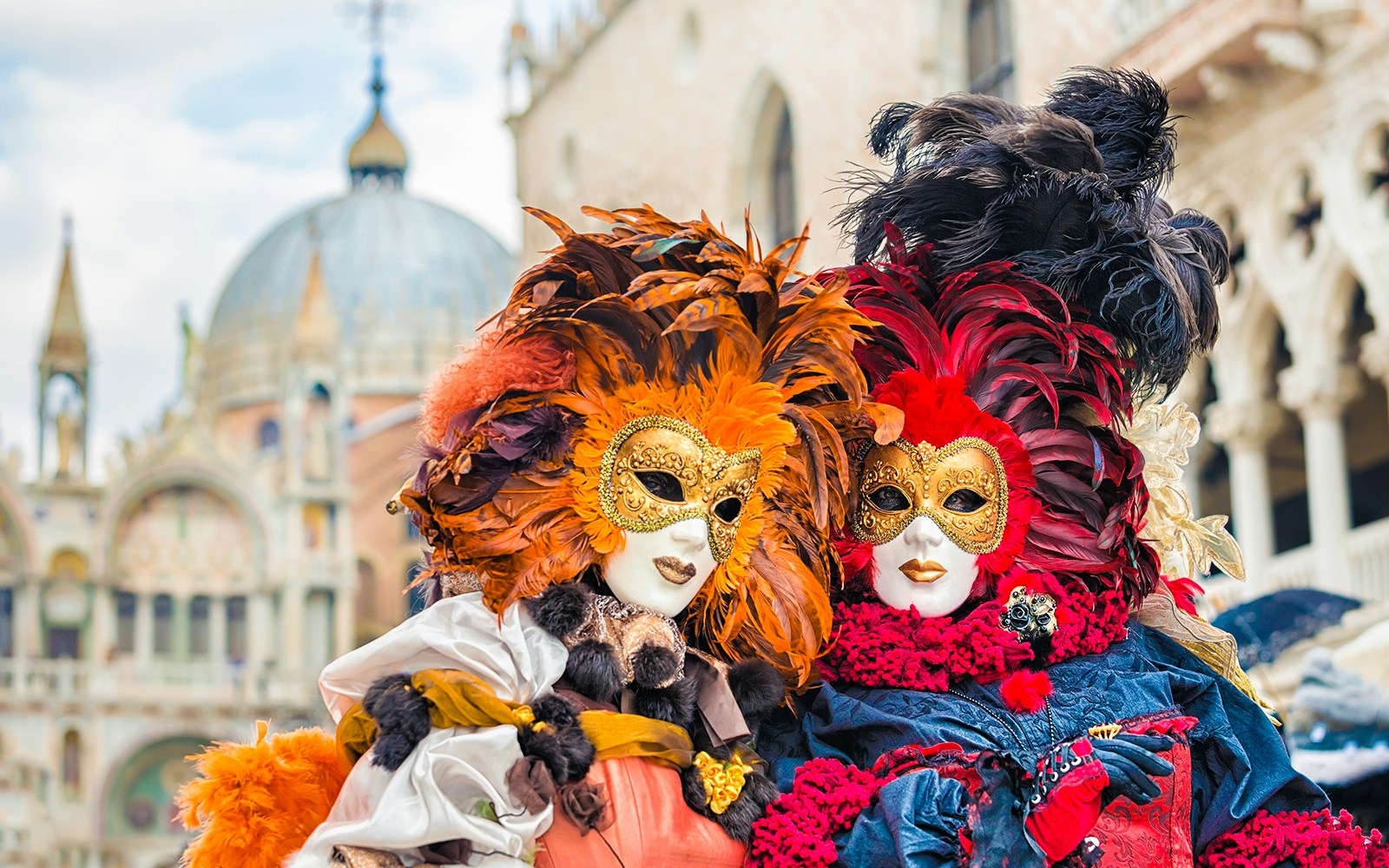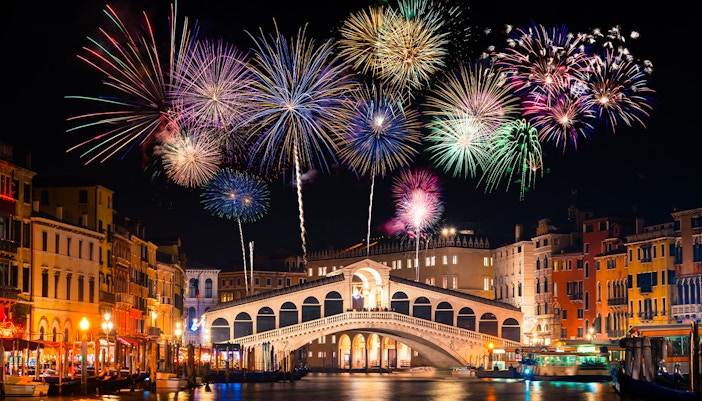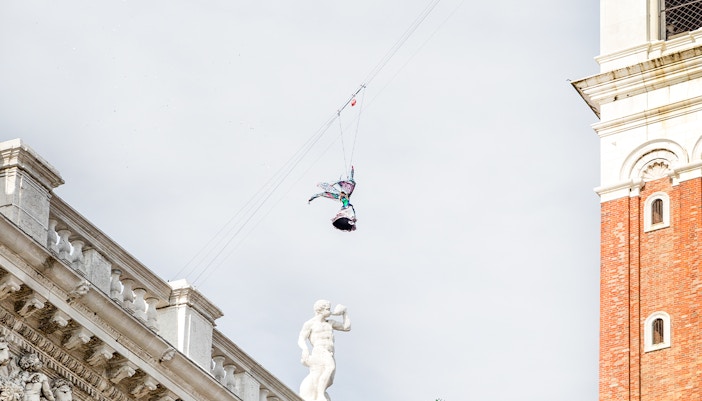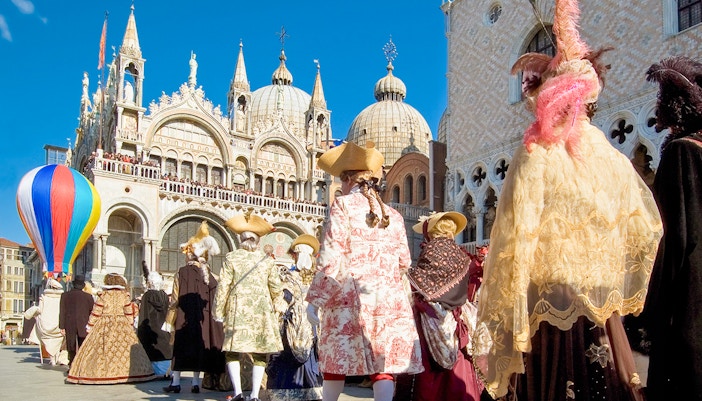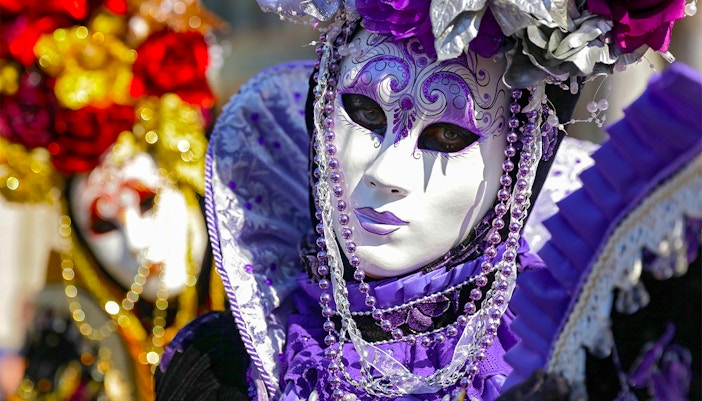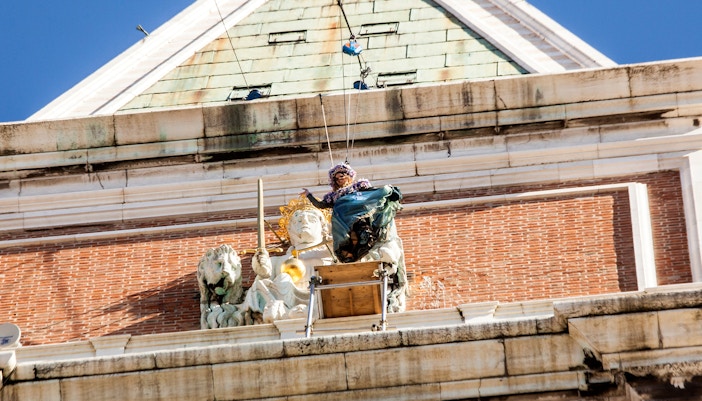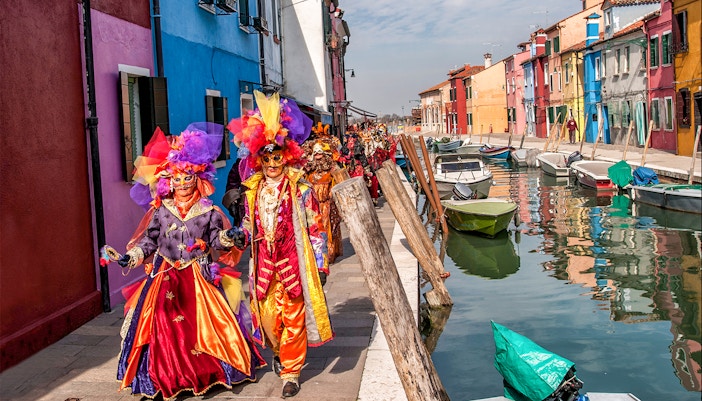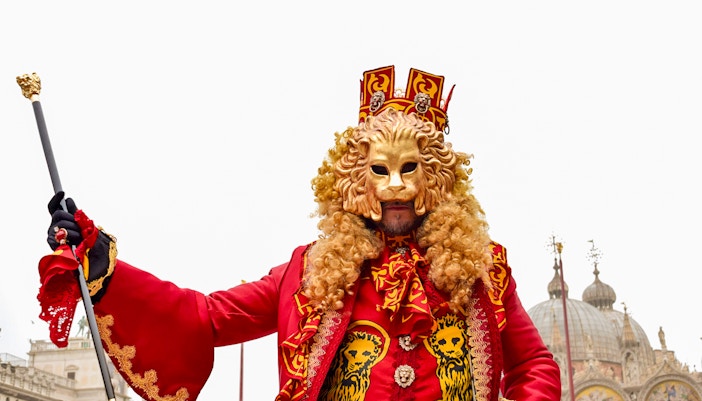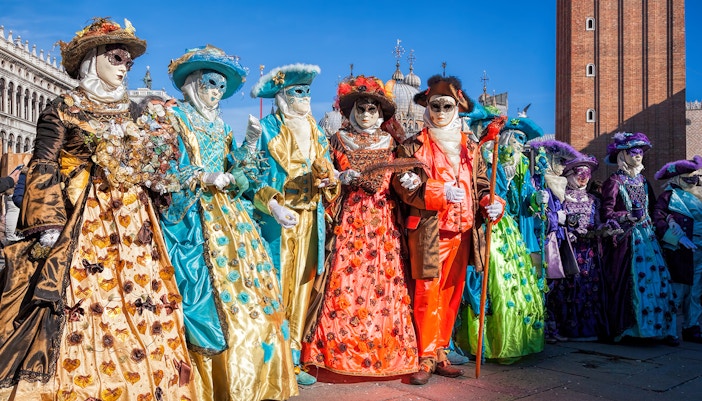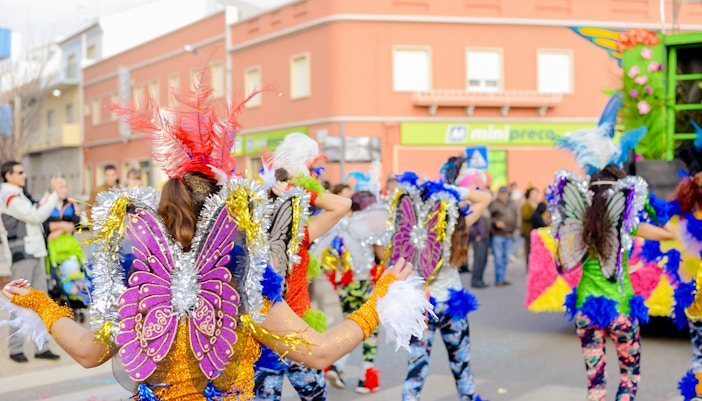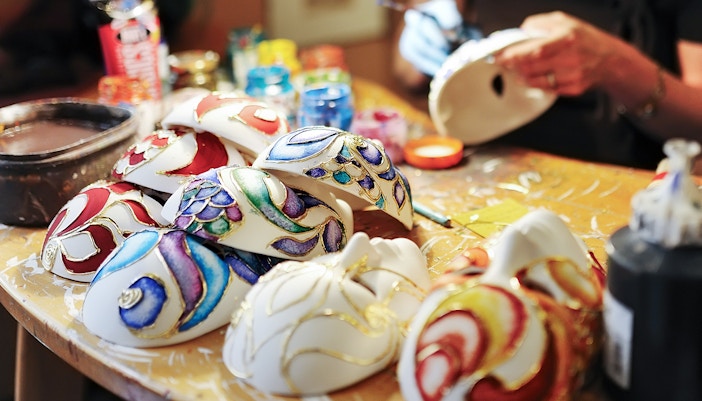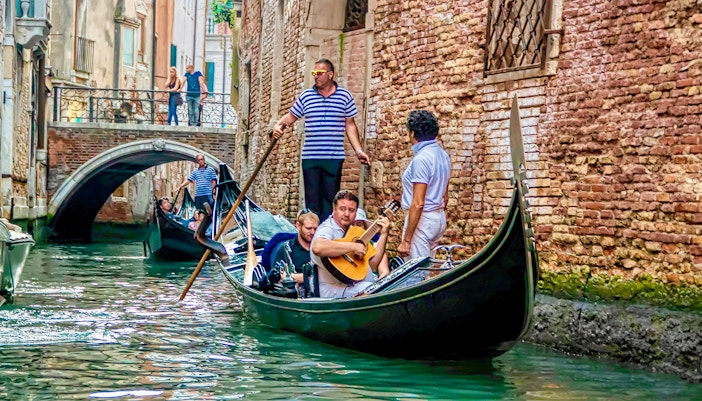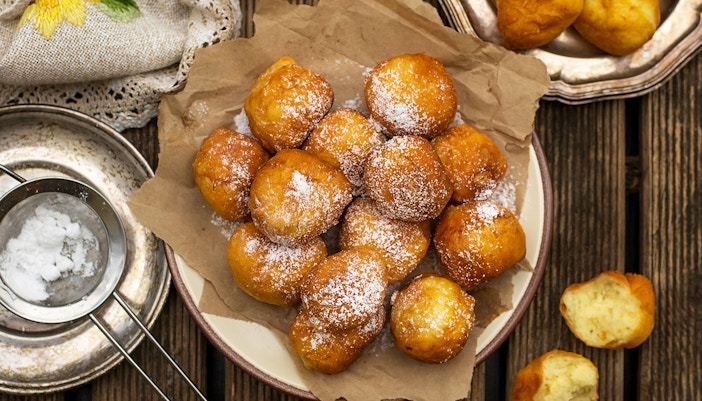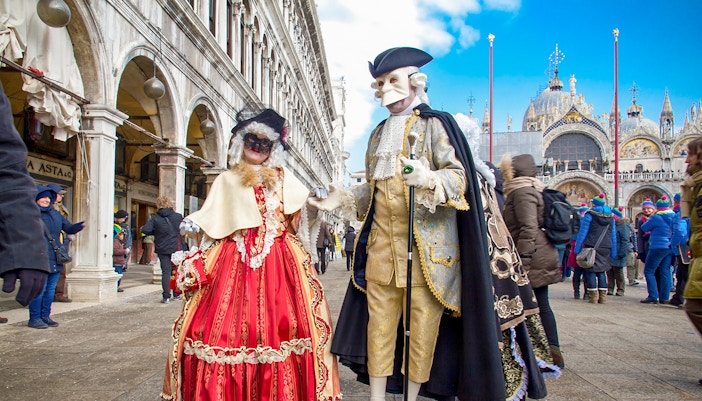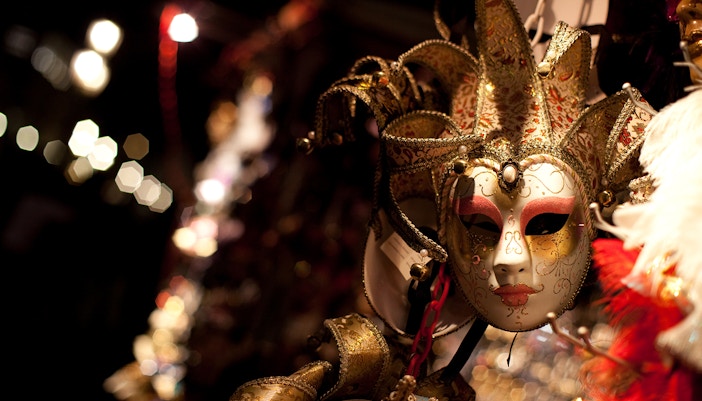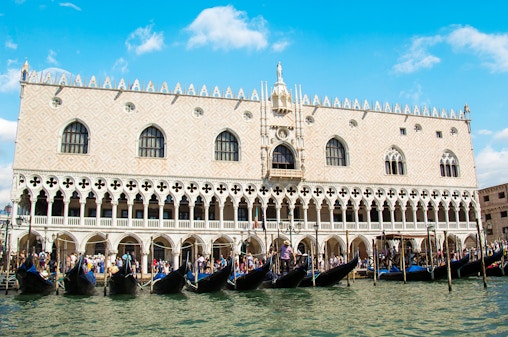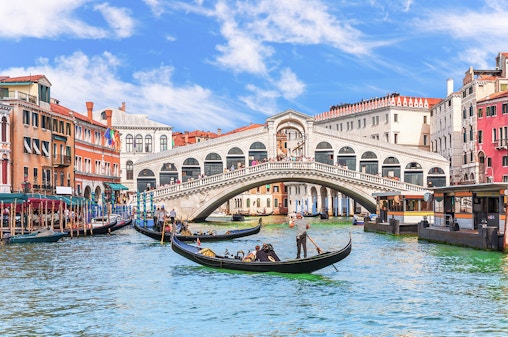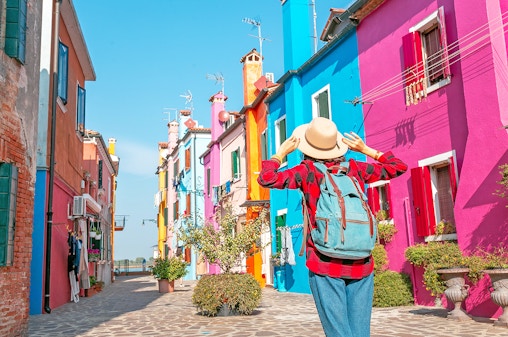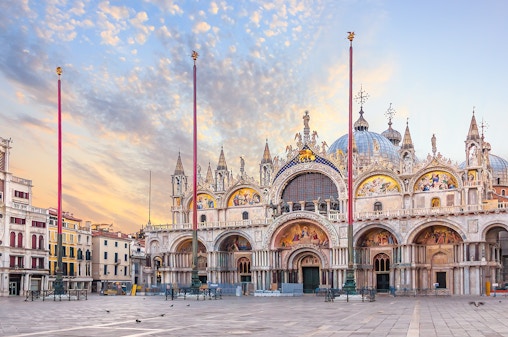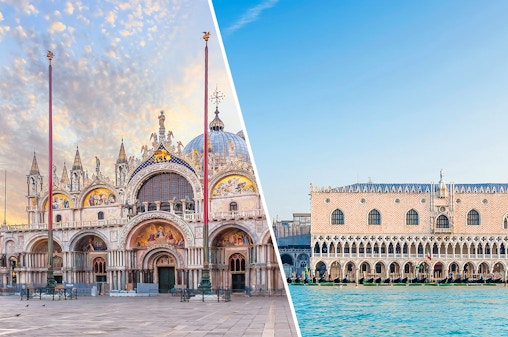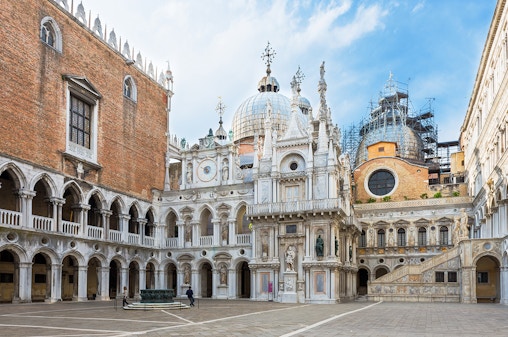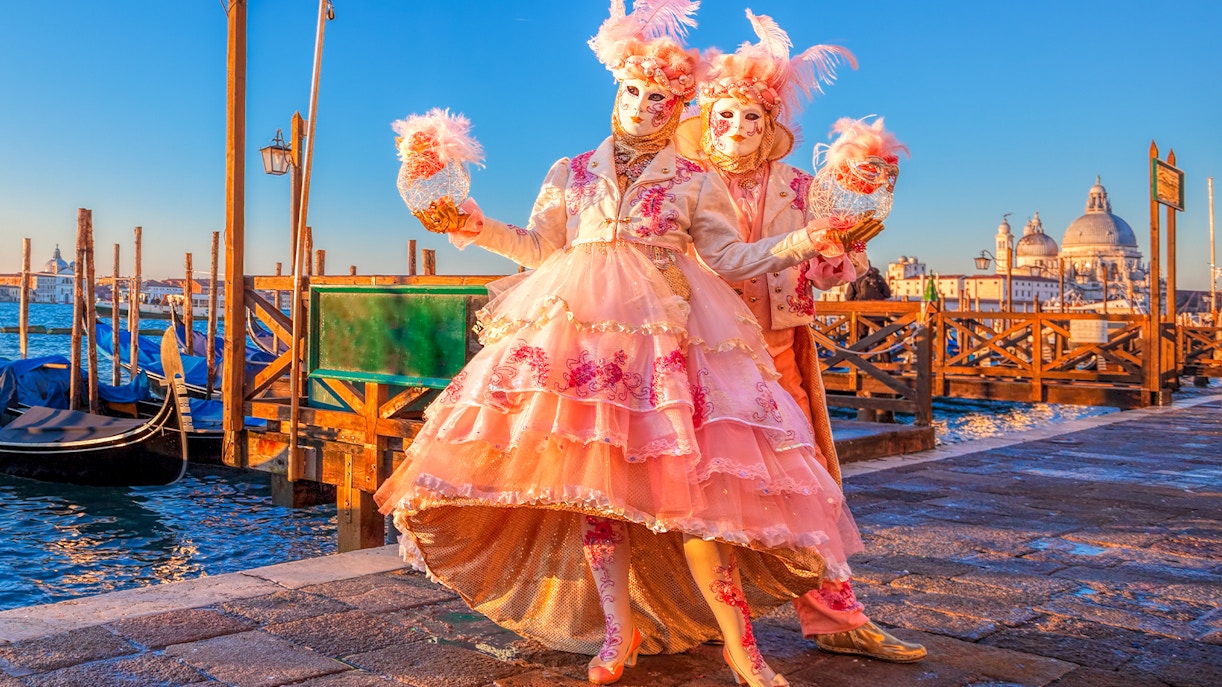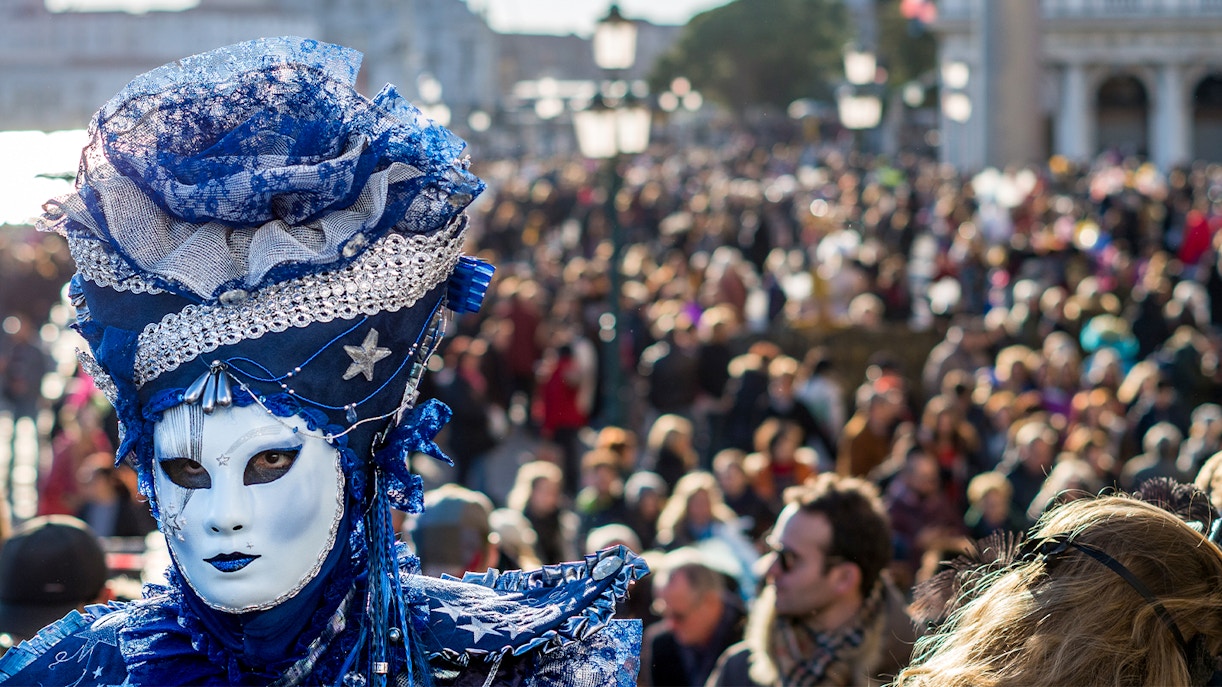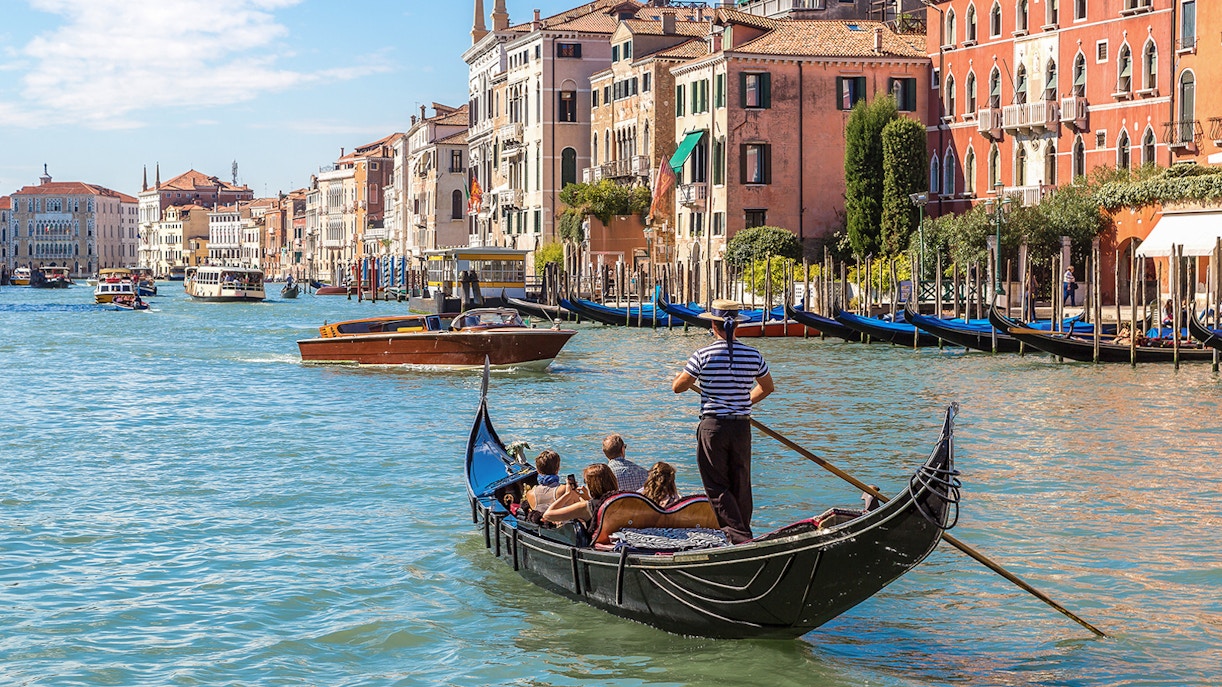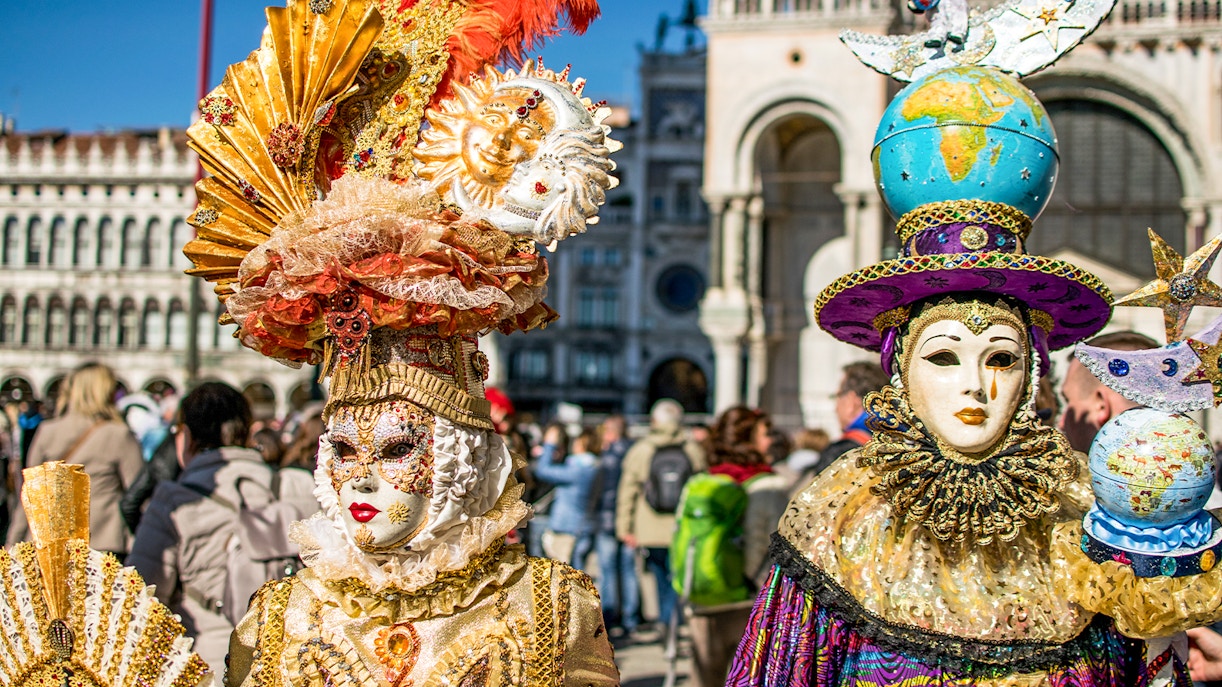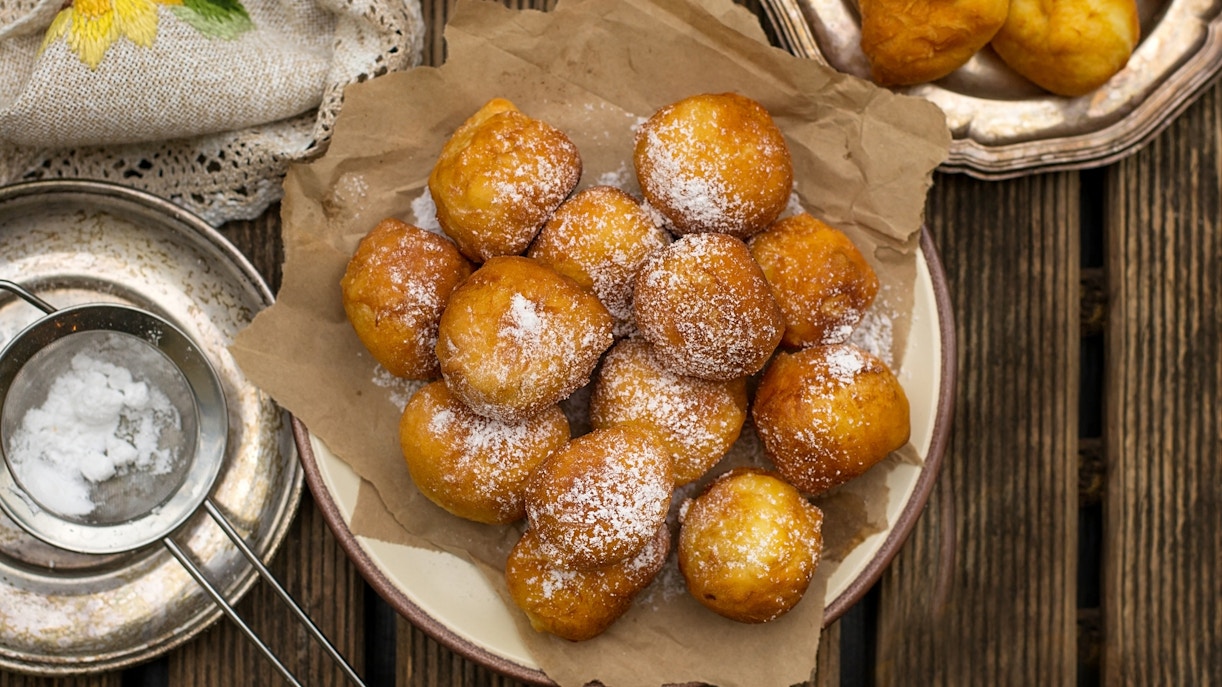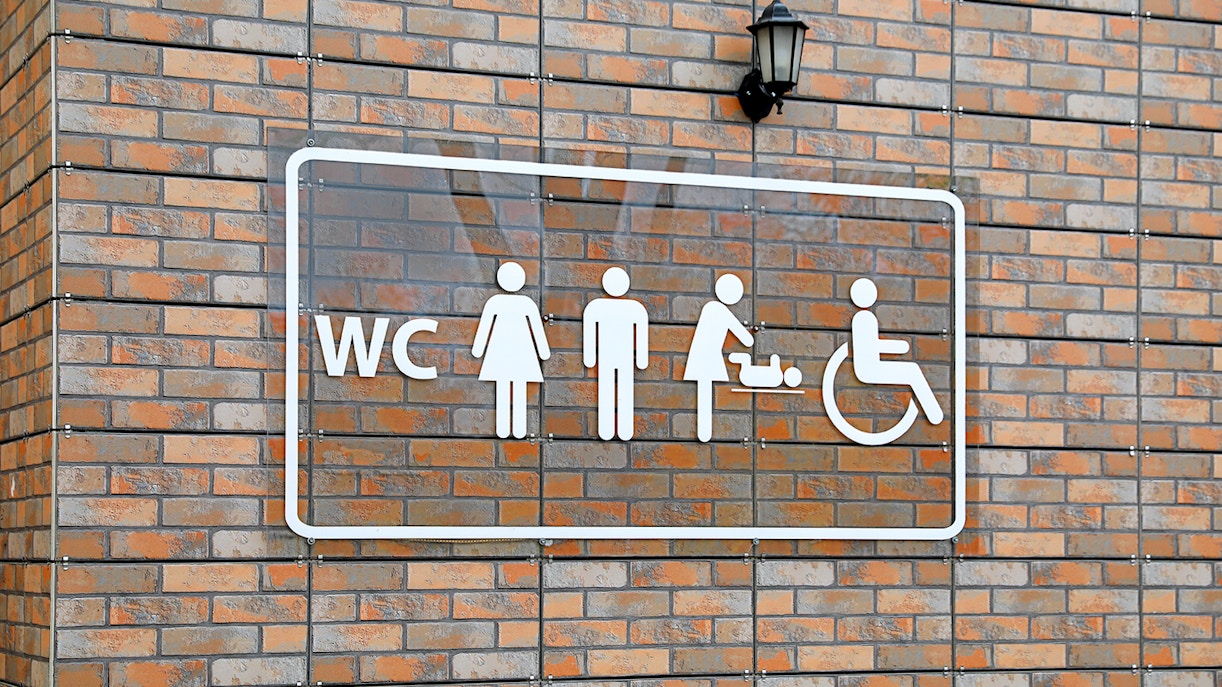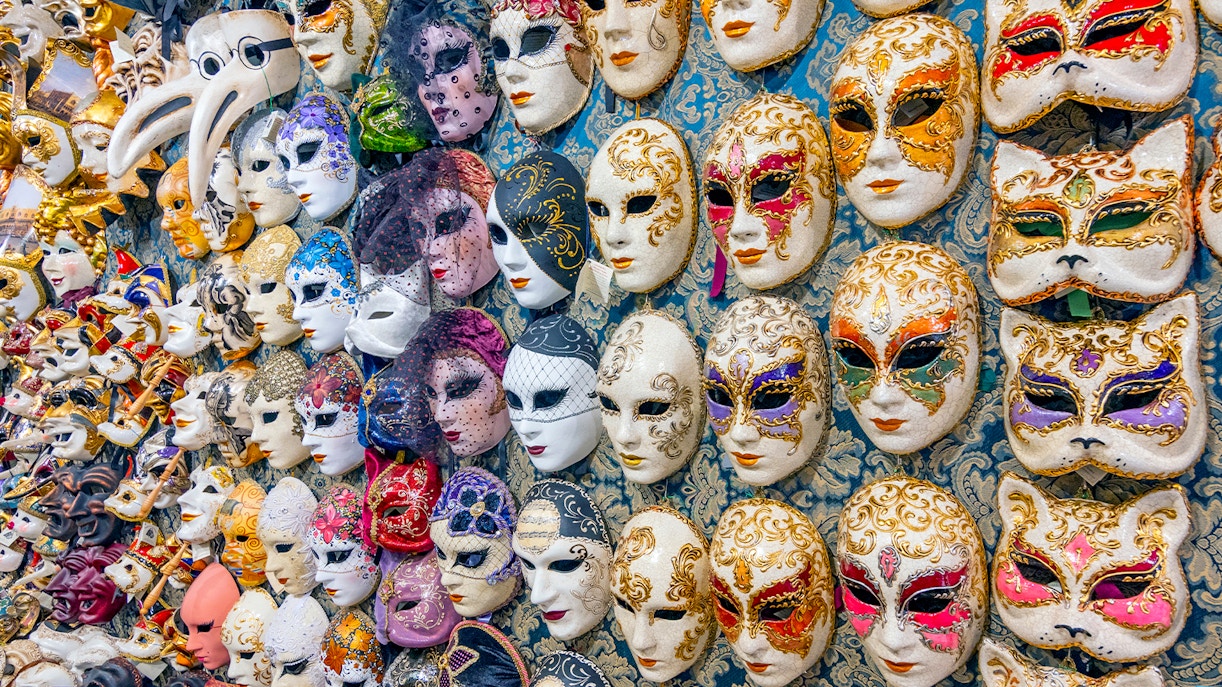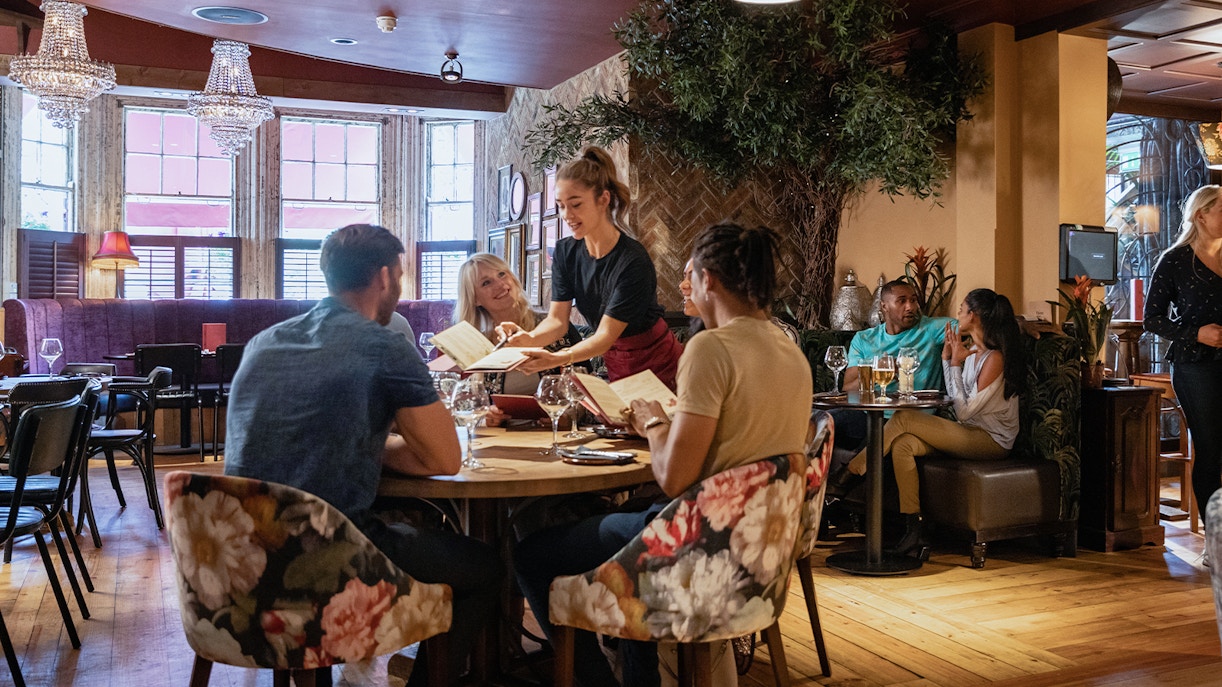The history of Venice Carnival & the masks
13th century: The birth of Carnival
Did you know Venice Carnival dates back to the 13th century? It began as a time for Venetians to let loose before Lent, with grand festivities, feasts, and dancing in the streets. Masks played a pivotal role in this celebration, blurring social classes and giving everyone the freedom to mingle and revel without judgment.
15th century: The golden age of masks
By the 15th century, Venetian masks had become true works of art, crafted with intricate designs and precious materials. They were more than just carnival accessories—they symbolized equality, mystery, and liberation in a city that thrived on its cosmopolitan culture.
18th century: The height of decadence
The 18th century marked Venice Carnival's peak, with lavish masquerade balls, elaborate costumes, and an air of secrecy. Masks added an element of intrigue, allowing wearers to explore their wild sides in a city known for its love of opulence.
1797: A pause in the tradition
Napoleon’s conquest brought an abrupt end to the carnival, as masks and festivities were banned to suppress Venetian traditions. The once-vibrant celebration went silent for nearly two centuries.
1979: The revival
Fast forward to 1979, when Venice Carnival made a triumphant comeback. Today, it’s a grand celebration of art, history, and culture, with masks remaining its most iconic symbol. From the traditional Bauta and Moretta to fantastical designs, masks continue to capture the spirit of mystery and freedom that defines Venice Carnival.

